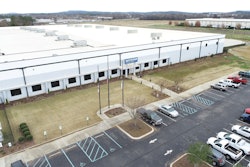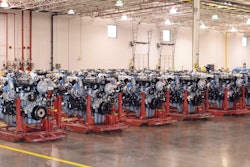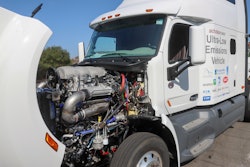The days of using a generic spec for all fleet applications are over.
While I am not sure that a one-size-fits-all approach to spec’ing was ever a good idea, today that approach can spell disaster. It not only can result in operational inefficiencies but also it can have a profound effect on preventive maintenance and total cost of operation (TCO).
A truck that is not spec’d properly for its duty cycle or application is likely to cost more to maintain than an optimally “designed for use” spec’d vehicle. While I subscribe to standardization where possible, we need to weigh the costs and make experienced fact-based decisions.
All too often components like batteries and alternators are overlooked or spec’d improperly.
The selection among “starting,” “all purpose,” or “high reserve capacity” batteries coupled with the correct alternator can save a fleet thousands of dollars. Or, conversely, cost the fleet thousands of dollars if the spec is not appropriate for the application. The right spec combination can extend the life of a set of batteries for a year or more. Of course, the upfront investment in those batteries might save a few bucks, but it is likely that the fleet will have to replace the batteries less often — saving one or two sets of batteries over the life of the vehicle and avoiding road calls for trucks that won’t start.
The same logic can be applied to tires, engines, transmissions, air dryers, compressors, fan hubs, fifth wheels, axle ratios and other components.
TCO savings begin during the spec’ing process, when you look at the specific purpose of a truck and spec it in manner that is most appropriate for that purpose.
Before ordering a truck, you should perform an operation assessment for that specific vehicle application. Learn as much as you can about the duty cycle of the asset; how many miles it will be driven in a typical day; the number of stops; how it’s loaded and unloaded; what terrain it will be operating in; the weight hauled; and what types of terrain and weather it will be operating in. The list goes on and on, and each answer may require multiple spec changes.
The more specific you can be about how and where the truck will be used – coupled with the fleet’s tolerance for fuel consumption, safety, driver satisfaction and image – the better job that can be done to get your truck spec’d for optimal use. While this may mean you have to spend a little more time in the spec’ing process, you’ll spend less time dealing with a truck down situation or a truck that is constantly in the shop for maintenance and repairs.
When it comes to spec’ing, application matters. Forget generic specs and move to trucks that are spec’d with a particular purpose in mind.
Joe Puff is the Vice President of Truck Technology and Maintenance for NationaLease. He has more than 35 years of experience in complex sales and fleet operations, including extensive experience in commercial vehicle maintenance. Joe is responsible for advising NationaLease members and the National Account team of new truck technology, industry trends, and maintenance best practices.













